Prices for direct reduced iron (DRI) in the Indian domestic market have fallen by Rs500 ($940) per tonne over the past ten days as supply has improved slightly, market participants said DRI producers, mainly in the east of the country, are selling at Rs23,,000 ($) per tonne exworks for deliveries next week and in early May, compared with Nutrientintake recommendations set for healthy people living in the United States and Canada are known as Dietary Reference Intakes The DRIs includes the AI, EAR, RDA, and UL for micronutrients and the AMDR ranges for energyyielding macronutrients The DRI provides a set of standards for researchers and government policymakers and specifiesBackground The Canadian and US governments have each established Federal Dietary Reference Intake (DRI) Committees that work collaboratively to identify DRI needs and to coordinate government sponsorship of DRI reviews and related activities The DRIs which reflect nutrient reference values essential to national nutrition policies and to professionals working in

Do Canadian Adults Meet Their Nutrient Requirements Through Food Intake Alone Canada Ca
Dri values canada
Dri values canada-Contents SUMMARY 1 What Are Dietary Reference Intakes?, 2 Approach for Setting Dietary Reference Intakes, 7 Nutrient Functions and the Indicators Used to Estimate Requirements, 10 Criteria and Proposed Values for Tolerable Upper Intake Levels, 16 Using Dietary Reference Intakes to Assess Nutrient Intakes of Groups, 19 Consideration of the Risk of Chronic1) Figures above are average monthly fob export not spot prices for direct reduced iron shipped from India All prices are expressed in US dollars per metric tonne 2) The price data is for harmonised system code #7310 which is defined as ferrous products obtained by direct reduction of iron ore 3) Note that latest price points (the last
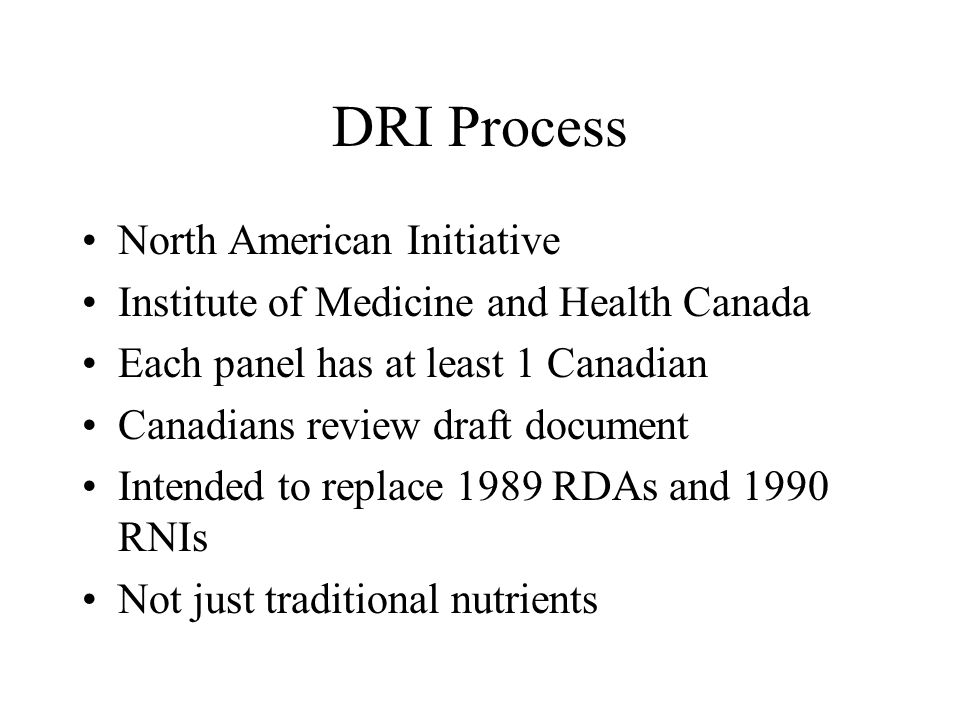



Dietary Reference Intakes Ppt Download
DRI CANADA membership dues cover a calendar year (January 1 December 31) and are not prorated • All applicable provincial taxes will be added to your order at the time of invoicing • All prices are in Canadian dollarsAlong with dietary reference values for the intakes of nutrients by Americans and Canadians, this book presents recommendations for health maintenance and the reduction of chronic disease risk Also included is a "Summary Table of Dietary Reference Intakes," an updated practical summary of the recommendationsADVANCING SCIENCE DRI Healthcare Trust offers a differentiated exposure to the biopharma industry LEARN MORE A GLOBAL LEADER IN VALUES Our culture is defined by three guiding principles Integrity, Teamwork and Drive to Win LEARN MORE A GLOBAL LEADER IN TEAM DRI Capital is comprised of a fully integrated team of over 30 investment professionals and support
BCLE 00 Business Continuity Planning September 710, 21 Instructor Graeme Jannaway More Information 10This approach, the Dietary Reference Intakes (DRIs), provides a set of four nutrientbased reference values designed to replace the Recommended Dietary Allowances (RDAs) in the United States and the Recommended Nutrient Intakes (RNIs) in CanadaThe report updates the DRI values defined in Dietary Reference Intakes for Calcium, Phosphorus, Magnesium, Vitamin D, and Fluoride, the 1997 study from the Institute of Medicine This 11 book provides background information on the biological functions of each nutrient, reviews health outcomes that are associated with the intake of calcium and vitamin D, and specifies Estimated
Dietary Reference Intakes Definitions Estimated Average Requirement (EAR) • The EAR is the median daily intake value that is estimated to meet the requirement of half the healthy individuals in a lifestage and gender group At this level of intake, the other half of the individuals in theElectrolytes—Canada 4 Electrolytes—United States 5 Reference Values— Canada 6 Reference Values—United States 7 Water—Canada 8 Water—United States I Title TX551I59 04 6132—dc22 Dietary Reference Intakes for Electrolytes and Water, under theThis approach, the Dietary Reference Intakes (DRIs), provides a set of four nutrientbased reference values designed to replace the Recommended Dietary Allowances (RDAs) in the United States and the Recommended Nutrient Intakes (RNIs) in Canada
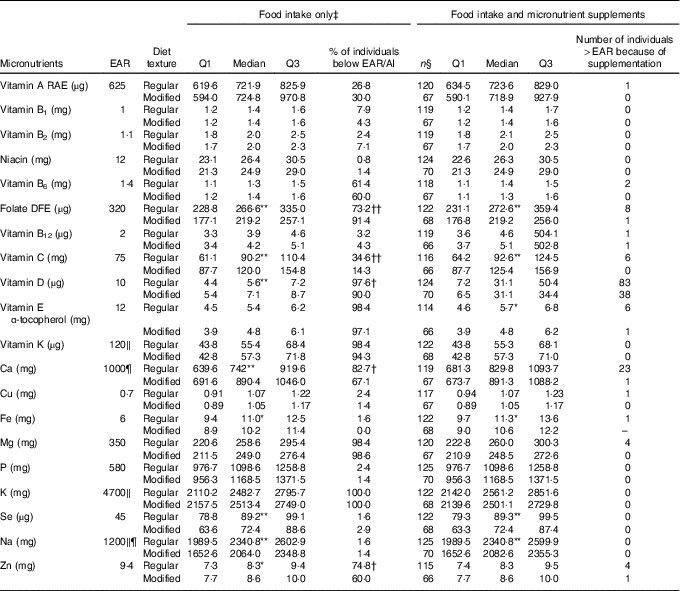



Prevalence Of Inadequate Micronutrient Intakes Of Canadian Long Term Care Residents British Journal Of Nutrition Cambridge Core
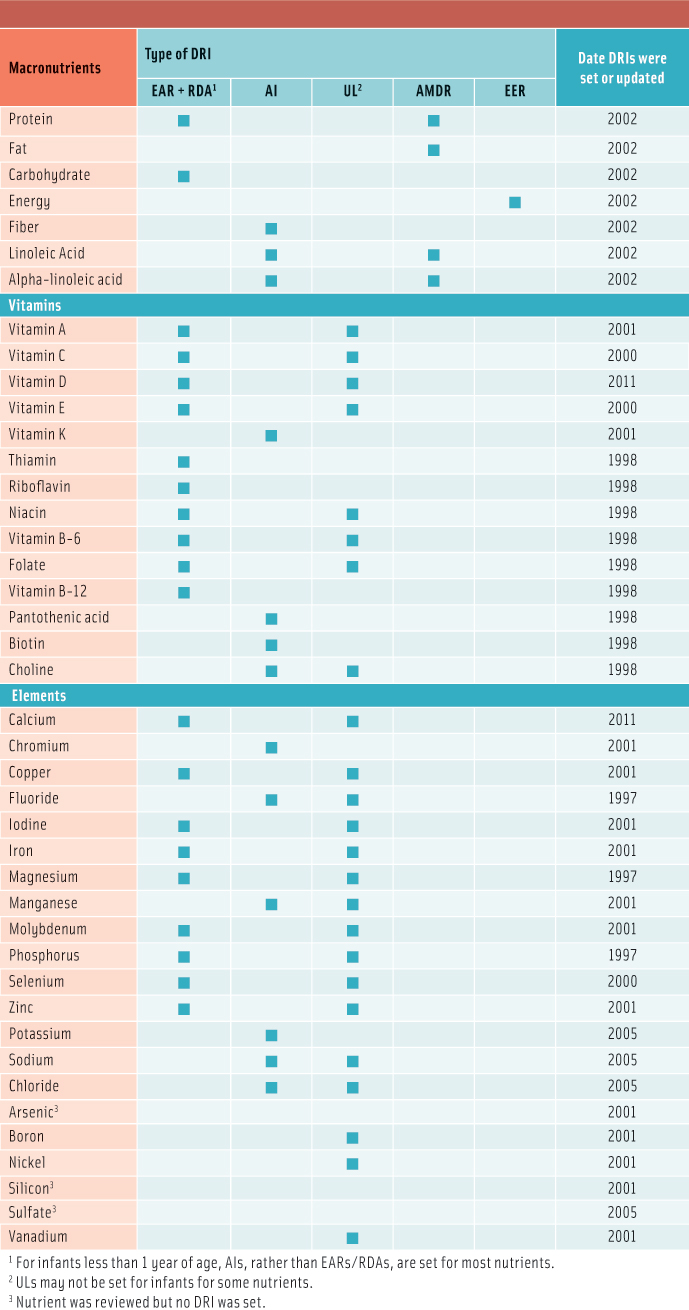



Food Scientists Dietary Reference Intakes An Important Alliance Ift Org
Interpretation and Uses of Dietary Reference Intakes, and the Standing Committee on the Scientific Evaluation of Dietary Reference Intakes, Food and Nutrition Board p ;Intake recommendations for folate and other nutrients are provided in the Dietary Reference Intakes (DRIs) developed by an expert committee of the Food and Nutrition Board (FNB) at the National Academies of Sciences, Engineering, and Medicine DRI is the general term for a set of reference values used for planning and assessing nutrient intakes of healthy people Dietary Reference Intakes (DRIs) are a set of reference values used to plan and assess nutrient intakes of healthy people They are used widely in Designing and evaluating research studies and results Developing dietary guidelines and food guides Planning and tracking nutritionrelated public health programs and diets for military personnel




Table 2 From Using Dris As The Basis For Dietary Guidelines Semantic Scholar




Dietary Reference Values Drv Dietary Reference Intakes Dri For Download Table
DRI Calculator for Healthcare Professionals This tool will calculate daily nutrient recommendations based on the Dietary Reference Intakes (DRIs) established by the Health and Medicine Division of the National Academies of Sciences, Engineering and Medicine The data represents the most current scientific knowledge on nutrient needs howeverIntake recommendations for selenium and other nutrients are provided in the Dietary Reference Intakes (DRIs) developed by the Food and Nutrition Board (FNB) at the Institute of Medicine of the National Academies (formerly National Academy of Sciences) DRI is the general term for a set of reference values used for planning and assessing nutrient intakes of healthy peopleIntake recommendations for magnesium and other nutrients are provided in the Dietary Reference Intakes (DRIs) developed by the Food and Nutrition Board (FNB) at the Institute of Medicine of the National Academies (formerly National Academy of Sciences) DRI is the general term for a set of reference values used to plan and assess nutrient intakes of healthy people




Do Canadian Adults Meet Their Nutrient Requirements Through Food Intake Alone Canada Ca
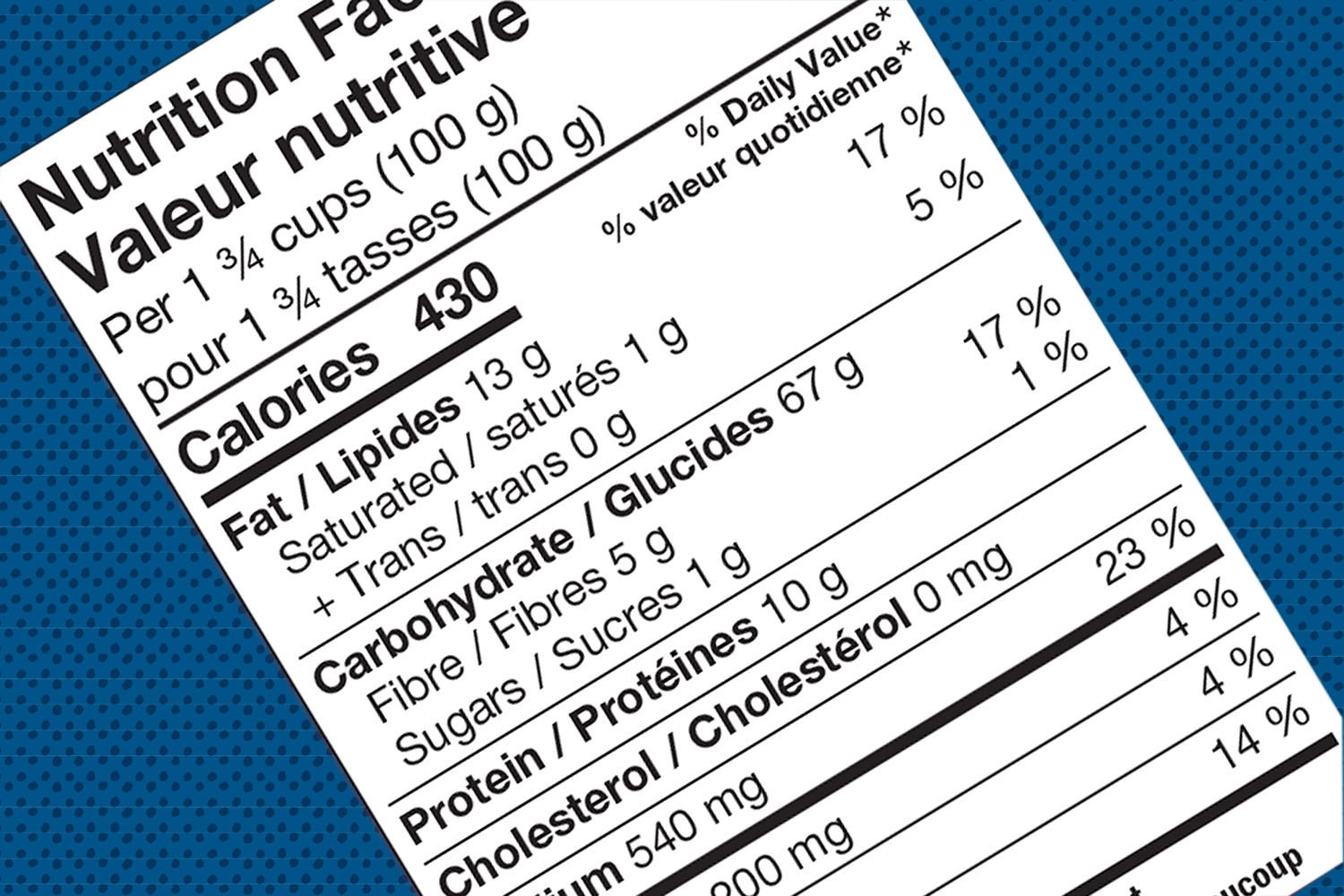



Usa Canada Food Labeling 16 New Regulations Strateege Creative
DVs are the recommended amounts of nutrients to consume or not to exceed each day The %DV is how much a nutrient in a single serving of an individual packaged food or dietaryThe Dietary Reference Intakes (DRIs) are a comprehensive set of nutrient reference values for healthy populations that can be used for assessing and planning dietsDRIs have been published since 1997 and replace previously published Recommended Nutrient Intakes (RNIs)They are established by Canadian and American scientists through a review process overseen by the USDations for potassium and sodium within the context of the Dietary Reference Intakes (DRIs) The DRIs are a set of reference values developed jointly for the United States and Canada by the National Academies of Sciences, Engineering, and Medicine The DRI model, which was developed in recognition of




Dri Ear Rda Ai Ul Making Sense Of This Alphabet Soup Article Nursingcenter
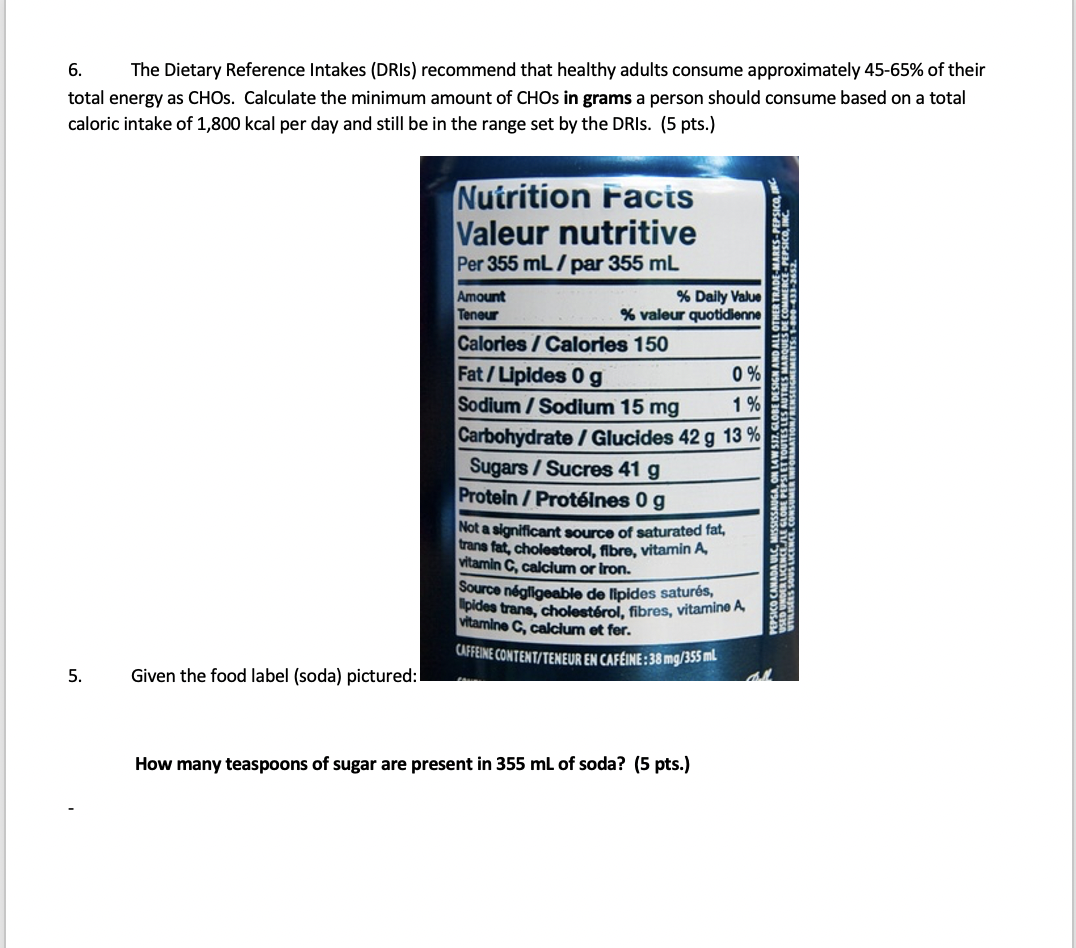



6 The Dietary Reference Intakes Dris Recommend Chegg Com
The report establishes a set of reference values for the B vitamins and choline to replace previously published Recommended Dietary Allowances (RDAs) for the United States and Recommended Nutrient Intakes (RNIs) for Canada The RDI is used to determine the Daily Value (DV) of foods, which is printed on nutrition facts labels (as % DV) in the United States and Canada, and is regulated by the Food and Drug Administration (FDA) and by Health Canada The labels "high", "rich in", or "excellent source of" may be used for a food if it contains % or more of the RDIIntake recommendations for iron and other nutrients are provided in the Dietary Reference Intakes (DRIs) developed by the Food and Nutrition Board (FNB) at the Institute of Medicine (IOM) of the National Academies (formerly National Academy of Sciences) DRI is the general term for a set of reference values used for planning and assessing nutrient intakes of healthy people
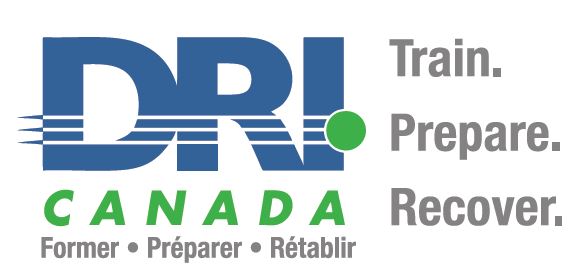



Dri Canada Profile Disaster Recovery Institute Canada
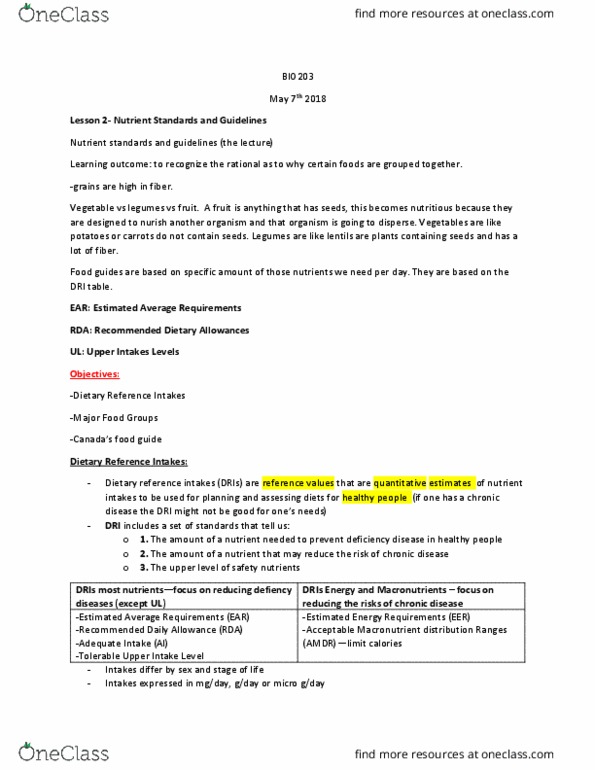



Biol 3 Lecture Notes Summer 18 Lecture 2 Dietary Reference Intake Nutrient Health Canada
Cm Includes bibliographical references and index ISBN X (pbk) — ISBN (hardcover) 1 Nutrition 2 Reference values (Medicine) DNLM 1And Adequate Intakes (AIs) in ordinary type followed by an asterisk (*) An RDA is the average daily dietary intake level;DRI is the general term for a set of reference values used to plan and assess nutrient intakes of healthy people These values, which vary by age and sex, include Recommended Dietary Allowance (RDA) average daily level of intake sufficient to meet the nutrient requirements of nearly all (97%98%) healthy people
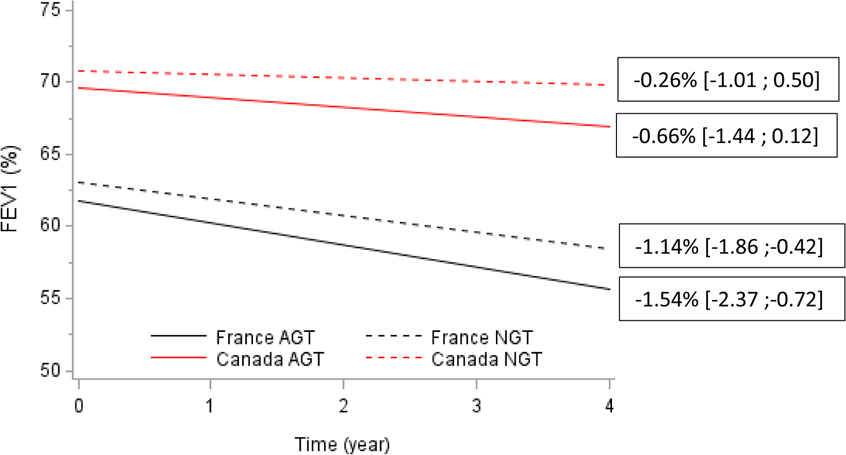



Glucose Tolerance In Canadian And French Cystic Fibrosis Adult Patients Scientific Reports



2
More than a quarter of DRI Healthcare's initial gross asset value post float will be tied to income from Spinraza, a spinal muscular atrophy injection sold by Biogen It is among the mostThe Dietary Reference Intakes (DRIs) are a set of scientifically based nutrient reference values for healthy populations The DRIs for various groups of nutrients have been developed over a span of time, with reports on all of the nutrients published between 1997 and 04 Recently, Dietary Reference Intakes for Calcium and Vitamin D have been The most recent recommendations from the Food and Nutrition Board are the "Dietary Reference Intakes" (DRI) The DRI include 4 sets of standards Recommended Dietary Allowances (RDA) average daily level of intake sufficient to meet the nutrient requirements of nearly all (97%98%), healthy people Adequate Intakes (AI) established when evidence is insufficient to develop an RDA
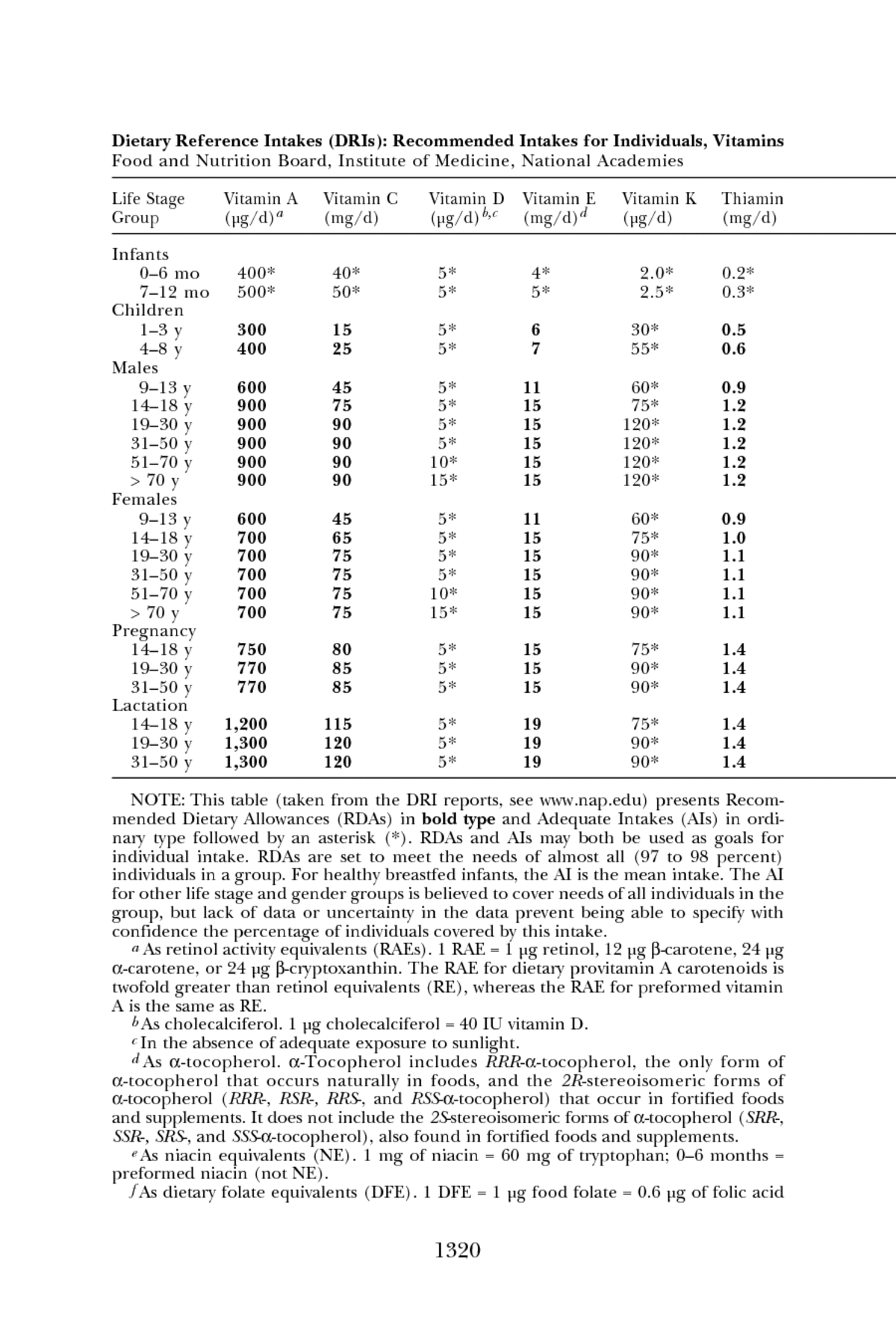



Summary Tables Dietary Reference Intakes Dietary Reference Intakes For Energy Carbohydrate Fiber Fat Fatty Acids Cholesterol Protein And Amino Acids The National Academies Press
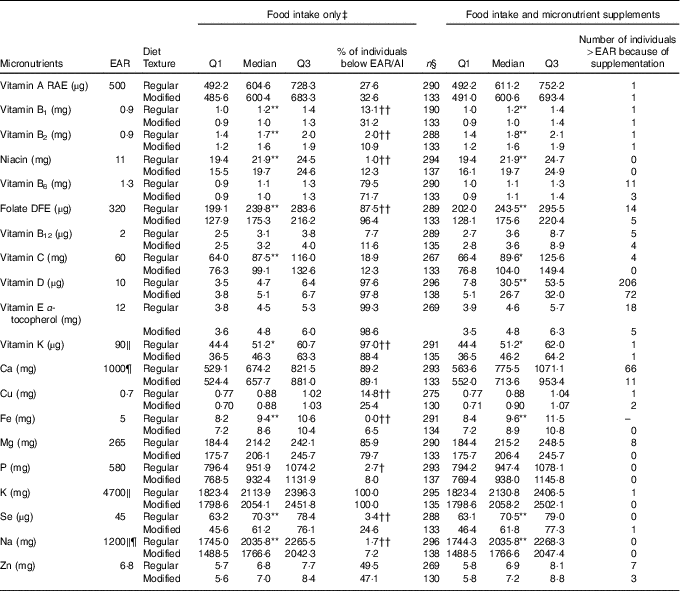



Prevalence Of Inadequate Micronutrient Intakes Of Canadian Long Term Care Residents British Journal Of Nutrition Cambridge Core
StPierre We also express our gratitude and thanks to Health Canada for permitting incorporation of materials on the Dietary Reference Intakes extracted from The Canadian Community Health Survey 22, Nutrition Focus A Guide to Accessing and Interpreting the Data, published by Health Canada in 06 The Dietary Reference Intake is a system of nutrition recommendations from the National Academy of Medicine (NAM) of the National Academies It was introduced in 1997 in order to broaden the existing guidelines known as Recommended Dietary Allowances The DRI values differ from those used in nutrition labeling on food and dietary supplement products in the US and Canada,During deliberations in the mid1990s, the FNB decided to replace this single set of values with multiple sets of values, including the EAR, RDA, AI and UL for designated age groups, physiologic states (for example, pregnancy), and by sex These values are collectively referred to as the DRIs To view the DRI tables, click the appropriate link




Analyzing Your Food Intake And Activity Printable Pdf Download




Many Adult Canadians Are Not Meeting Current Calcium Recommendations From Food And Supplement Intake
Dietary Reference Intakes This table presents Estimated Average Requirements (EARs) in italics, Recommended Dietary Allowances (RDAs) in bold type and Adequate Intakes (AIs) in ordinary type followed by an asterisk (*) Tolerable Upper Intake Levels (ULs) are in shaded columns ** New 10 values have replaced previous 1997 values05 Health Canada dietary reference intakes tables with definitions and reference values for vitamins, elements and macronutrientsUSCanada Dietary Reference Intakes Merits and Limitations Janet C King, PhD Senior Scientist, Children's Hospital Oakland Research Institute, and Professor Emerita, University of California at Berkeley and Davis World Health Organization,




Wardlaws Perspectives In Nutrition 9th Edition Byrd Bredbenner Test Bank By Demetrius Fletcher Issuu




Health Canada S Proposed Changes To The Daily Values Dvs For Use In Nutrition Labelling Canada Ca
Advocating for and increasing the professional value of DRI's credentials and those who hold them The Core Values of DRI CANADA We conduct all activities with the highest ethical and professional standards We are accountable to our members and accept responsibility for our actions We strive to provide diligent and competent serviceSuggested Citation"E DRI Values for Indispensable Amino Acids by Life Stage and Gender Group" Institute of Medicine 06 Dietary Reference Intakes The Essential Guide to Nutrient Requirements Washington, DC The National Academies Press doi / DRI is the general term for a set of reference values used for planning and assessing nutrient intakes of healthy people These values, which vary by age and sex, include In Canada, milk must be fortified with 0–10 mcg/100 mL (35–40 IU), and the required amount for margarine is at least 1325 mcg/100 g (530 IU) Institute of




Dri Ear Rda Ai Ul Making Sense Of This Fgamedia Org



Nutrition Tables
The Dietary Reference Intakes (DRIs) are developed and published by the Institute of Medicine (IOM) The DRIs represent the most current scientific knowledge on nutrient needs of healthy populations Please note that individual requirements may be higher or lower than the DRIs Should you want to distribute or reprint a DRI resource, pleaseSufficient to meet the nutrient requirements of nearly all (9798 percent) healthy individu als in a groupThe Daily Values (DV) refer to nutrient amounts Canadians should consume OR not exceed (depending on the nutrient) The amounts are used to calculate the percent DV that is seen on the Nutrition Facts table, per reference age group Daily Values for many nutrients have been updated using the most current Dietary Reference Intakes (DRIs)




Fiber Dietary Reference Intakes The Essential Guide To Nutrient Requirements The National Academies Press




Dris Based Fertilization Efficiency Of Young Hybrid Poplar Plantations In The Boreal Region Of Canada Semantic Scholar
Dietary Reference Intakes This table presents Estimated Average Requirements (EARs) in italics, Recommended Dietary Allowances (RDAs) in bold type and Adequate Intakes (AIs) in ordinary type followed by an asterisk (*) Tolerable Upper Intake Levels (ULs) are in shaded columns Although a UL was not set for any of the macronutrients, theIntake recommendations for vitamin C and other nutrients are provided in the Dietary Reference Intakes (DRIs) developed by the Food and Nutrition Board (FNB) at the Institute of Medicine (IOM) of the National Academies (formerly National Academy of Sciences) DRI is the general term for a set of reference values used for planning and assessing nutrient intakes of healthy people




Zinc Dri Values By Life Stage Group 1 Download Table




2 6 Understanding Dietary Reference Intakes Medicine Libretexts




Is The 19 Canada S Food Guide Snapshot Nutritionally Adequate



Pubag Nal Usda Gov Download 298 Pdf
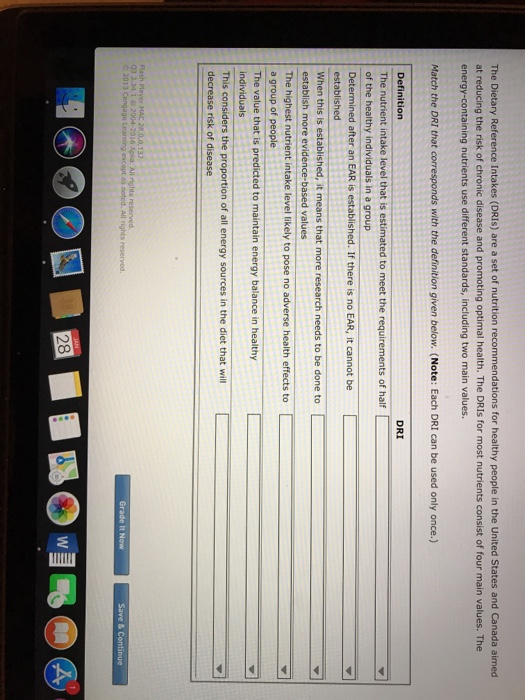



The Dietary Reference Intakes Dris Are A Set Of Chegg Com




Lecture 7 Dietary Fiber Vitamin K Stomach Cancer




Universal Favourite Photos Facebook



2




Dietary Reference Intakes Ppt Download




An Omega 3 Dri For North America




Wardlaws Perspectives In Nutrition 10th Edition Byrd Bredbenner Test Bank By Qlql111 Issuu




Chapter 2 Nutrition Diet Nutrition




Archived Using The Dietary Reference Intakes Canada Ca




Ndc 813 002 Dr Dris Hand Sanitizer Ethyl Alcohol
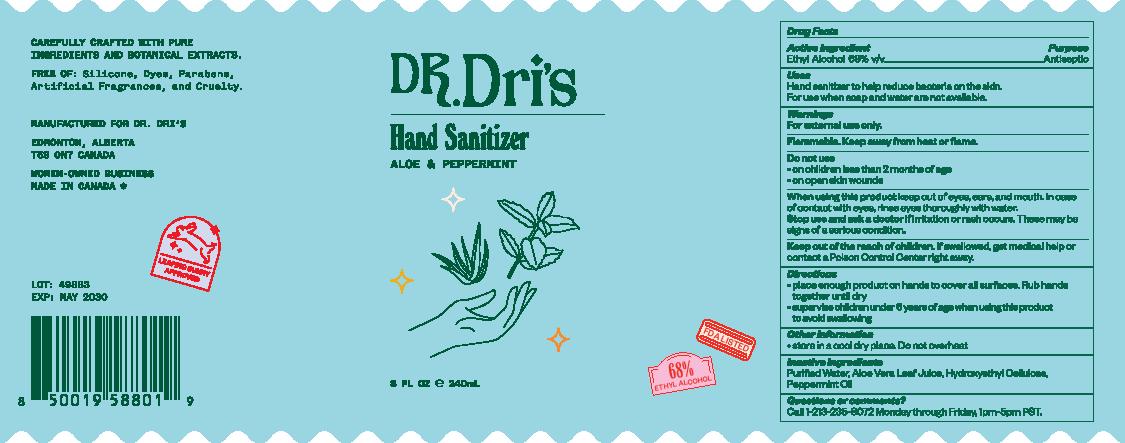



Dr Dris Hand Sanitizer Ethyl Alcohol Liquid




Chapter 2 Tools For Healthy Eating Presentation Created




Dietary Reference Intakes Infographic Nutrition Connections




Say Na To Sodium And Improve Your Overall Diet Mcb Nutrition And Movement




Answer The Following These Are The Options For All Chegg Com




Nutrition Facts Label Wikipedia



Http Ajcn Nutrition Org Content 3 719 Full Pdf




Stu Cisco Amanita Vinyl Lp Going Underground Records



3




1 5 Defining Nutrient Requirements Dietary Reference Intakes Medicine Libretexts




Dietary Reference Intakes




Dris Dive Gear 1k Shorty Dive Light The Scuba News Canada
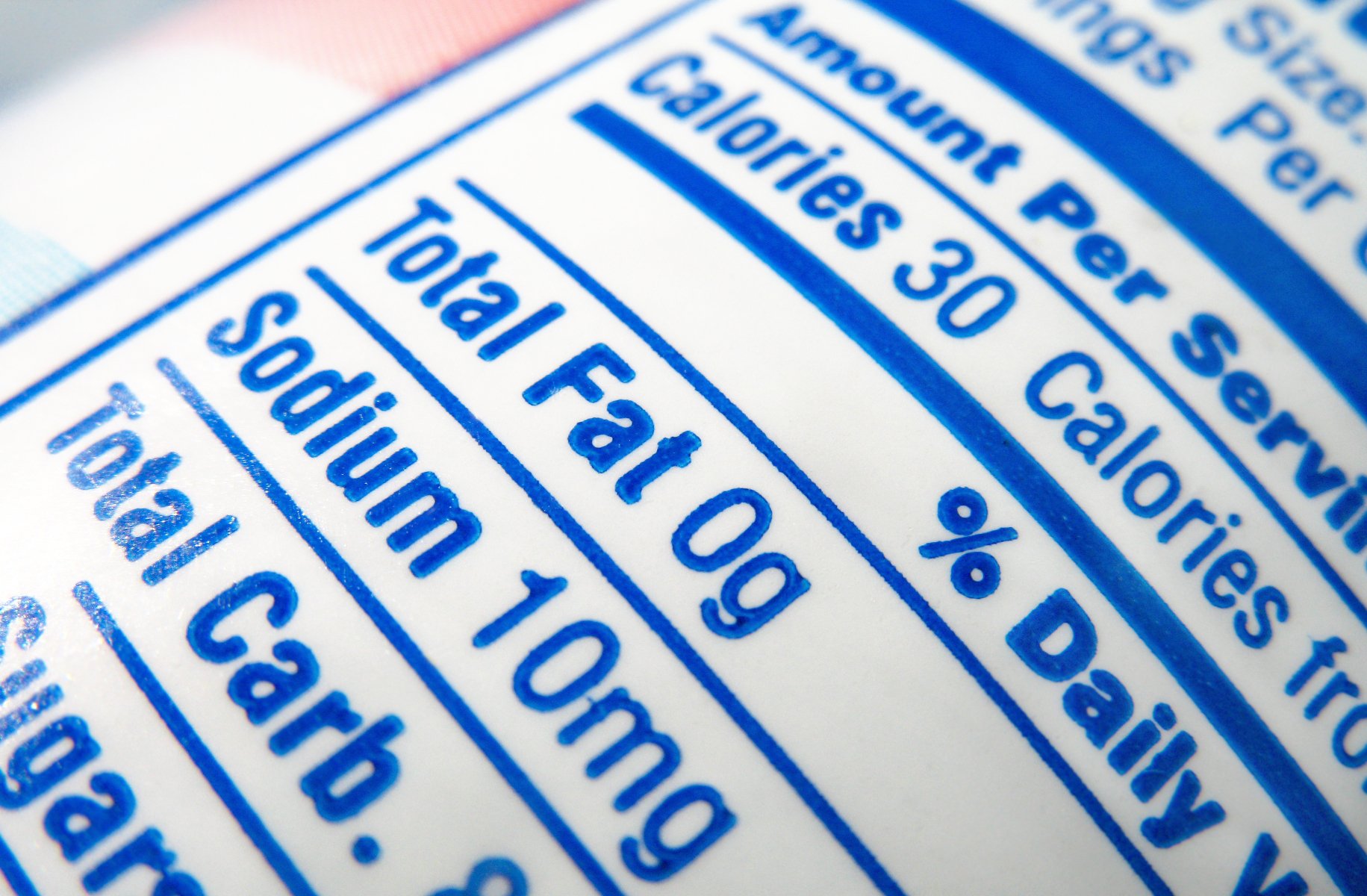



Newly Released Dietary Reference Intakes For Sodium And Potassium Cargill




Get Educated Cathy Dyer Integrative Family Nutrition Raleigh Nc




Is The 19 Canada S Food Guide Snapshot Nutritionally Adequate



Dris Analysis Identifies A Common Potassium Imbalance In Sweetgum Plantations Unt Digital Library




Food Scientists Dietary Reference Intakes An Important Alliance Ift Org




Hfa4u Nutritional Status Dris Caloric Requirements Bmi Tpt




Dietary Reference Intakes Studocu
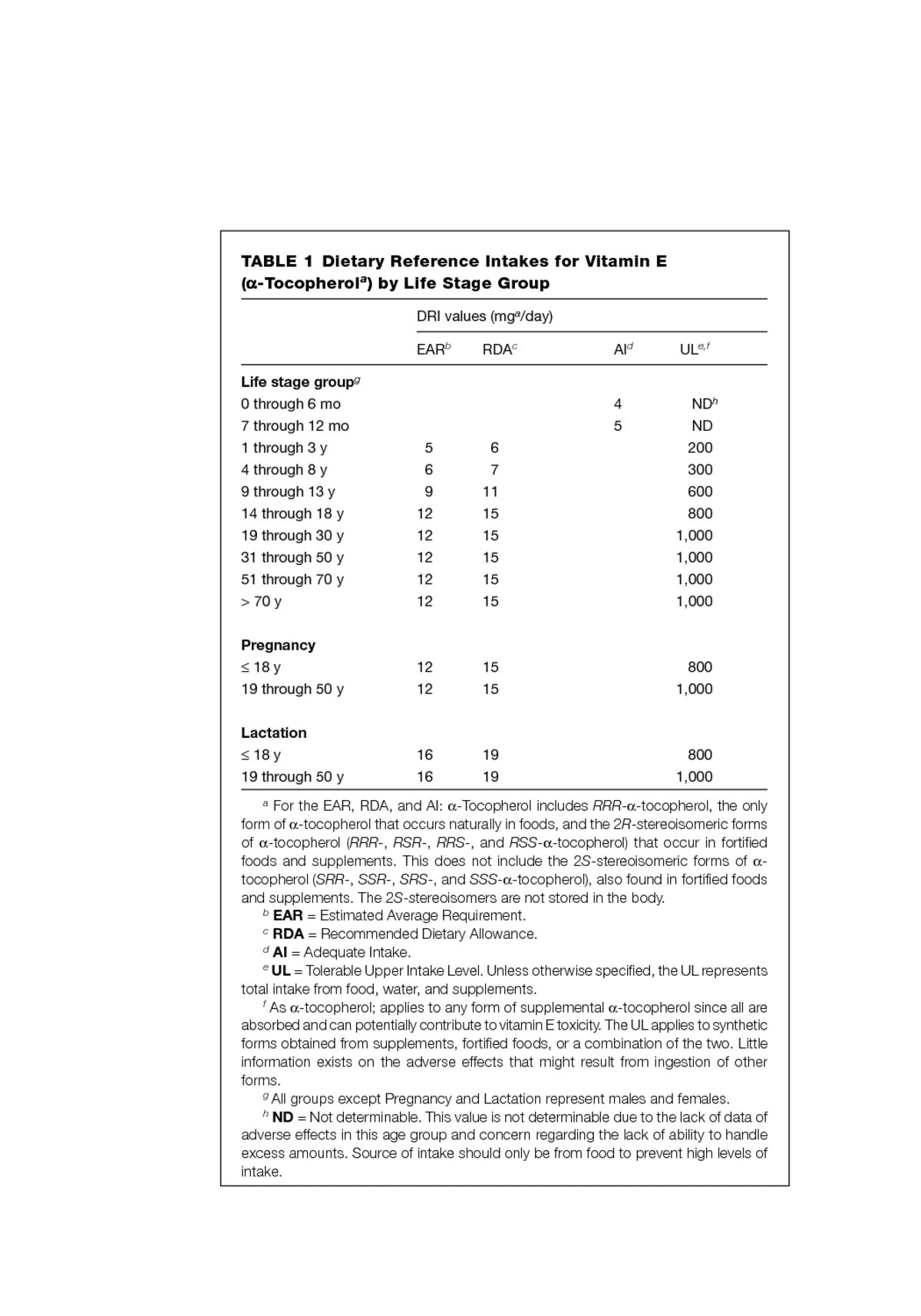



Vitamin E Dietary Reference Intakes The Essential Guide To Nutrient Requirements The National Academies Press



Http Www Kns Or Kr Data Notice File 05 Fall Ssym Dr Murphy Pdf




Dietary Reference Values Drv Dietary Reference Intakes Dri For Download Table




The New Canada Food Guide Considerations For Periodontal Health
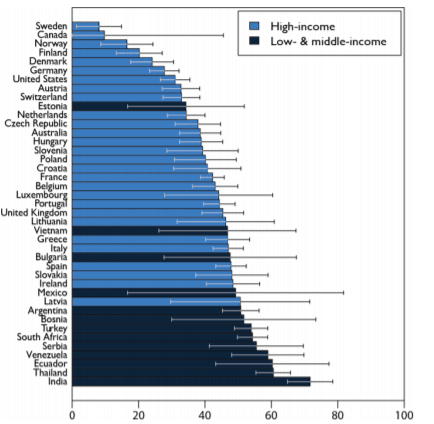



Tracking Global Trends In The Effectiveness Of Antibiotic Therapy Using The Drug Resistance Index Center For Disease Dynamics Economics Policy Cddep
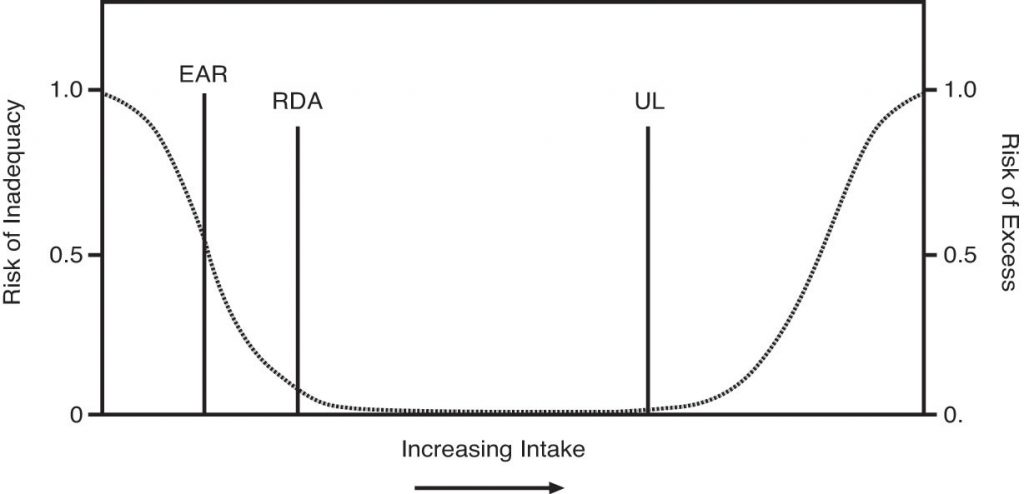



Understanding Dietary Reference Intakes Dri Human Nutrition




Ppt Standards For Nutrient Intake Powerpoint Presentation Free Download Id



Review Of The Dietary Reference Intakes For Sodium And Potassium National Academies




Unit 2 Lecture Notes 2 Studocu



1




Dietary Reference Intakes Explained Kbaked



2



Dietary References Intakes Dri A Set Of Four Lists Of Values For The Dietary Nutrient Intakes Of Healthy People In The Us And Canada Includes The Rda Ear Ai Ul Dri




Institute Of Medicine S Dris For Calcium And Vitamin D Dairy Nutrition
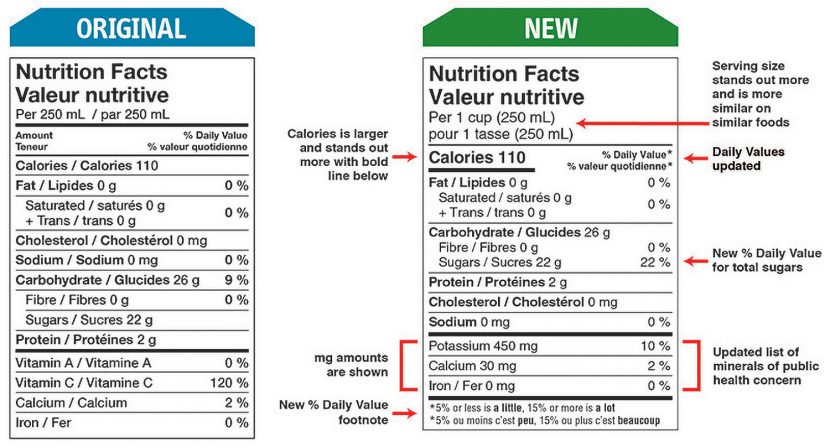



Usa Canada Food Labeling 16 New Regulations Strateege Creative



1
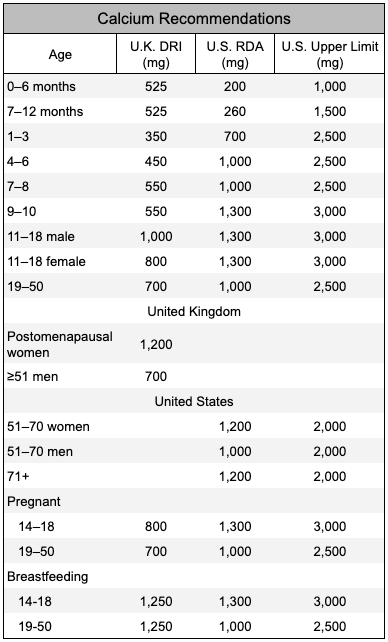



Daily Needs Vegan Health
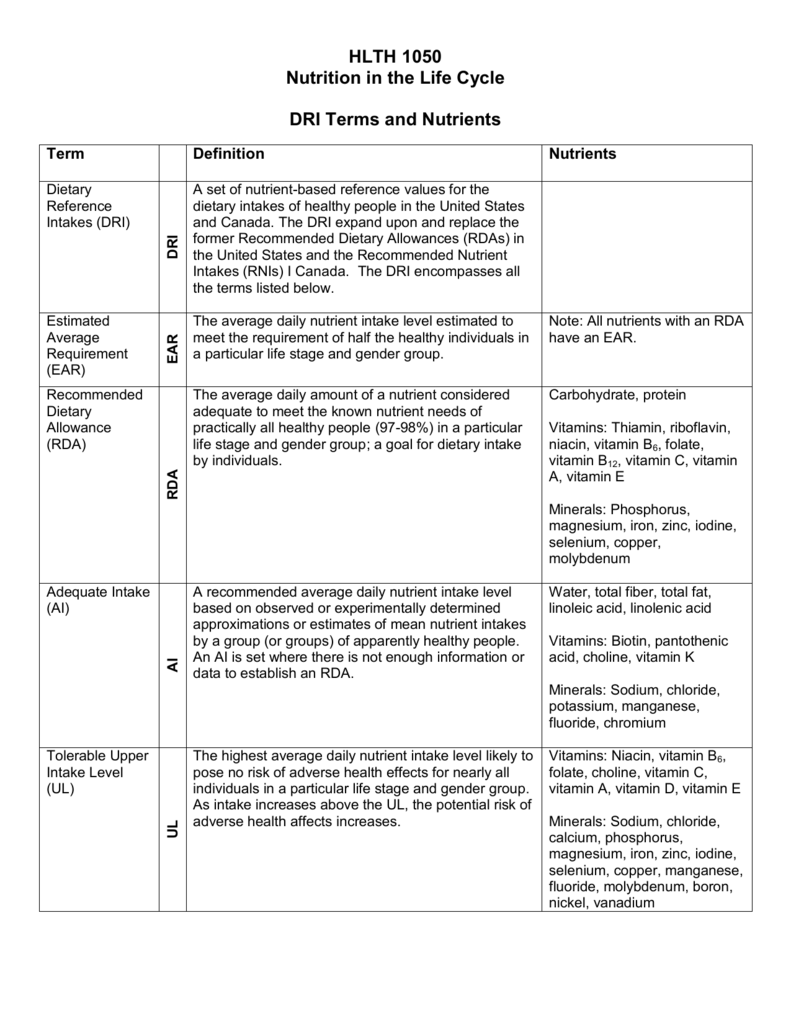



Unit 1 Hlth 1050 Dri Terms




2 7 Understanding Dietary Reference Intakes Dri Medicine Libretexts




Defining Nutrient Requirements Dietary Reference Intakes Nutrition Science And Everyday Application



Escholarship Org Content Qt45b3g7sf Qt45b3g7sf Nosplash 50e937e2930ac2d56f6bdf3153b6300a Pdf



Academic Oup Com Ajcn Article Pdf 109 2 251 Nqy293 Pdf




Chapter 11 Introduction To Nutrition For Introduction Exercise




Dietary Reference Intake Framework Biomarkers Christine L Taylor




Vitamin K Dietary Reference Intakes The Essential Guide To Nutrient Requirements The National Academies Press




Dietary Reference Intakes Journal Of The American Dietetic Association
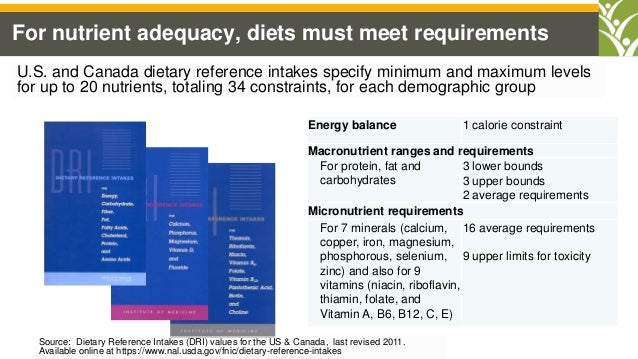



The Cost Of Nutritious Diets New Price Indexes Reveal Changes In Aff




Dietary Reference Intakes An Overview Sciencedirect Topics




Nutrition Flashcards Quizlet




Recommended Dietary Intakes For Vitamin D Where Do They Come From What Do They Achieve And How Can We Meet Them Cashman 14 Journal Of Human Nutrition And Dietetics Wiley Online Library




Assessing The Nutritional Quality Of Diets Of Canadian Children And Adolescents Using The 14 Health Canada Surveillance Tool Tier System Bmc Public Health Full Text



Academic Oup Com Ajcn Article Pdf 5 1223s Ajcs1223 Pdf



3




Dietary Reference Intake Tables And Application Nutrition Connections
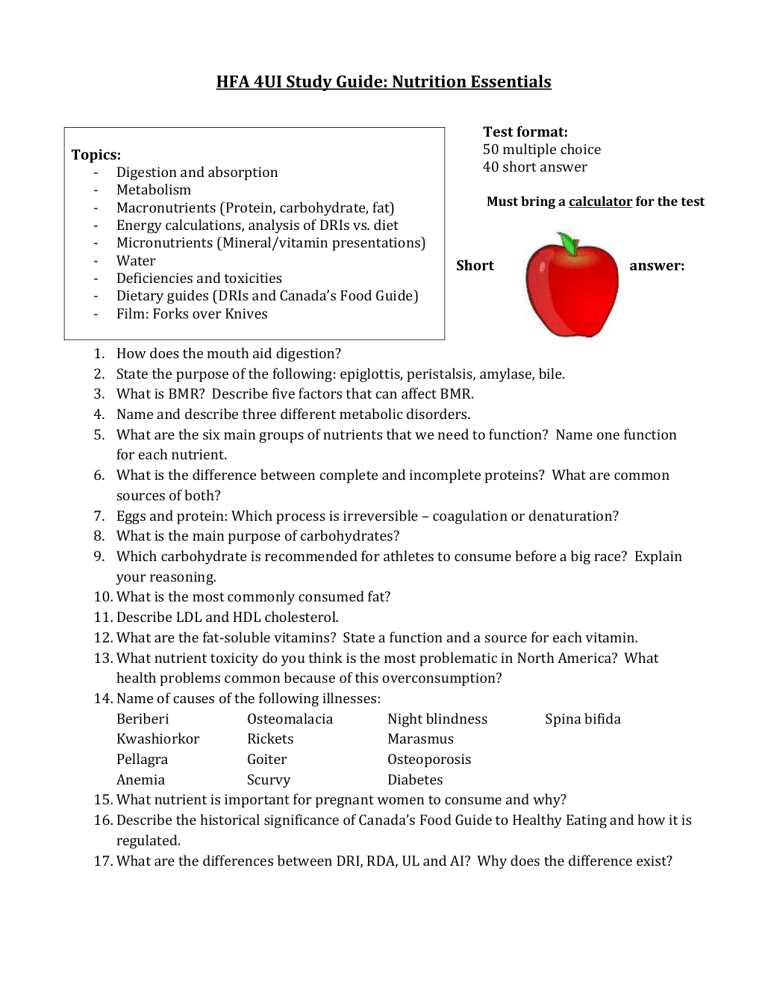



Test Breakdown And Short Answer Review



Http Www Who Int Nutrition King Presentation Pdf



Http Www Who Int Nutrition King Presentation Pdf




Cengage Minutap Ch 2 A Closer Look Differences Among The Nutrition Standards And Guidelines And When Homeworklib
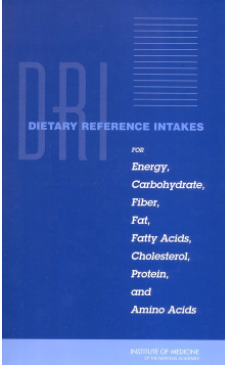



Dietary Guidelines On Sugars The Canadian Sugar Institute




New Dri Values For Sodium And Potassium Released Esha Research




Dietary Reference Intakes The Essential Guide To Nutrient Requirements Medicine Health Science Books Amazon Com



Www Plefa Com Article S0952 3278 09 8 Pdf




Dietary Reference Intakes Presented By Janice Hermann Phd Rd Ld Oces Adult And Older Adult Nutrition Specialist Ppt Download
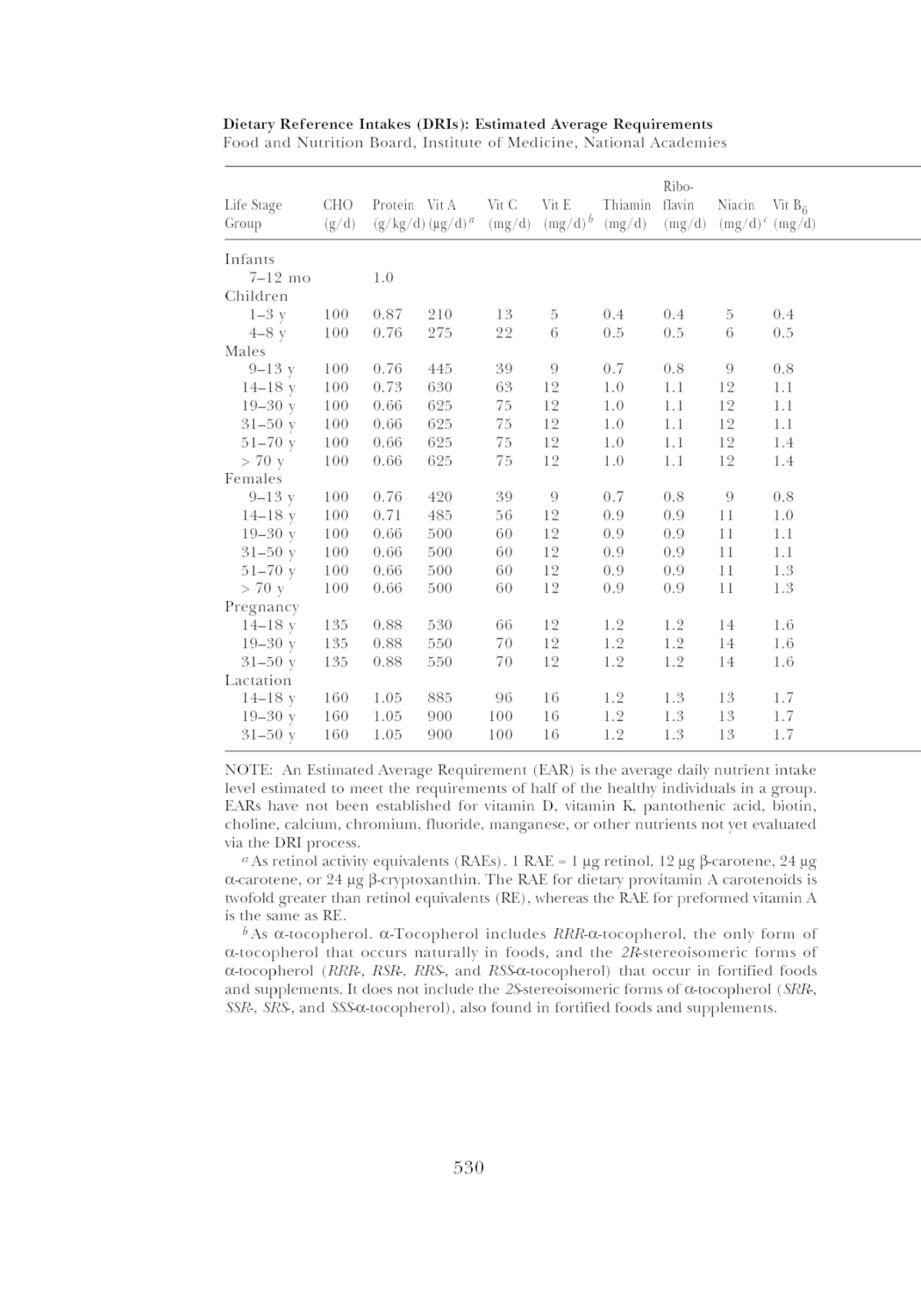



Summary Tables Dietary Reference Intakes Dietary Reference Intakes The Essential Guide To Nutrient Requirements The National Academies Press




Home Digital Research Infrastructure



2




Appendix B 1 Global Dietary Guidelines And Dietary B 1 Global Dietary Guidelines And Dietary Reference Intakes Dris Country Food Based Dietary Guidelines Nutrient Reference Pdf Document




Dietary Reference Values Drv Dietary Reference Intakes Dri For Download Table




Matt Fitzgerald New Study Finds Runners On Low Carb Diets Exhibit Higher Levels Of Inflammation After A Marathon T Co Qi2wzmqszd



0 件のコメント:
コメントを投稿